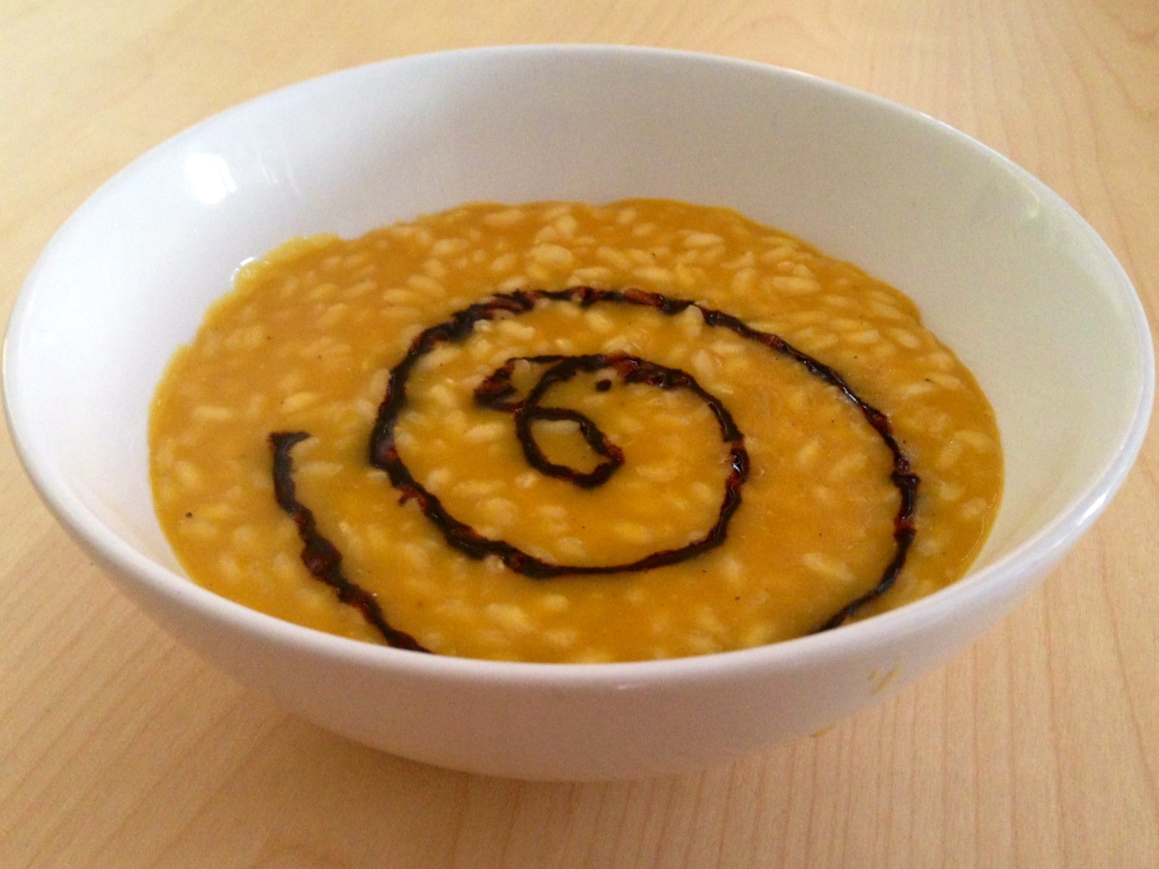Chocolate fudge cake

Chocolate fudge cake is a real weakness of mine and this recipe will produce a delicious, moist, and light cake. I make it in 3 layers in 6″ cake tins but you could use this recipe to make 2 layers of 8″ cake. I like the smaller size as it creates a tall, proud little cake that’s still robust enough to be impressive. It serves about 8 people.
- 100g butter at room temperature
- 280g caster sugar
- pinch of salt
- 50g cocoa
- 200g plain flour
- 1 tbsp baking powder
- 150mls gold top milk from Jersey or Guernsey (whole milk will do if you can’t get this one)
- 2 large eggs
- 1 tbsp vanilla bean paste (or vanilla extract if you don’t have any)
- 6″ cake tins
for the buttercream frosting
- 100g very soft butter
- 50mls gold top/whole milk
- 300g icing sugar
- 50g cocoa powder
- 1 tsp vanilla essense (or vanilla bean paste)

- Preheat your oven to 180°c.
- Beat together the butter and sugar in a mixer until well combined.
- Add the salt, cocoa, flour, and baking powder and beat until it resembles soft sand.
- While your dry mix is mixing, measure out your milk into a mixing bowl and add the eggs and vanilla. Whisk lightly until beaten and slightly frothy. Gradually add the milky eggy mix to your stand mixer, letting it gradually come together. When it’s all in the bowl, turn up the speed slightly.
- Scrape down the edges and mix again on medium until you’re happy the mixture is smooth and well combined – but be careful not to overmix it. An over beaten sponge can lose all its lightness.
- Grease three 6″ round cake tins (I only have two, so I have to do this in two batches) and bake for roughly 20-40 mins. This depends entirely on your oven – I tend to have a very quick check every five mins after 15 mins, but it prob won’t be done till 20 mins at least.
- While the cakes are cooking, make the frosting. Start by beating the butter on its own until it’s soft and spread out in the bowl. Then gradually add about 150g of icing sugar at a time, along with a tbsp of cocoa until the mix becomes delicious but slightly stiff. Then I add a bit of whole milk to loosen it up and beat it on medium until it fluffs up and becomes stiff enough to stick a cake together with. Add some boiling water if you need to loosen it up more but be very sparing! Beat on a medium speed for at least 4 mins until it’s super fluffy.
- When the cakes bounce back slightly and a skewer comes out clean, they are ready to come out of the over. Leave to cool in their tins for 5 mins until they have slightly come away from the edges of the tins and then turn out onto a cooling rack. Leave to cool for an hour or two.
- When the cakes are cold, mix up your frosting again to make sure it’s not gone too stiff. I usually pop my palette knife into a mug of boiling water about 30 seconds before I start frosting. Splodge a little bit of frosting onto your cake plate or board so that the cake doesn’t slide around, and place a layer of cake on top. Smooth some of the frosting onto the top and spread evenly with the warm palette knife. The heat should melt the butter slightly and make spreading easier. Go down over the sides of you want to completely cover the cake. You can use an icing turntable if you want a smooth finish (that’s what I did).
- Once you have a good solid covering of frosting on your first layer, carefully place another on top and repeat the frosting process. Once that is done, place the final layer on top and frost. Once the cake is all together, you can use your warm palette knife to smooth the edges of the cake.
- Decorate with cake glitter or sprinkles or wafer daisies – whatever takes your fancy.
Serve with a cup of tea!







1 Response